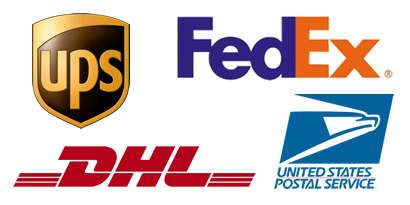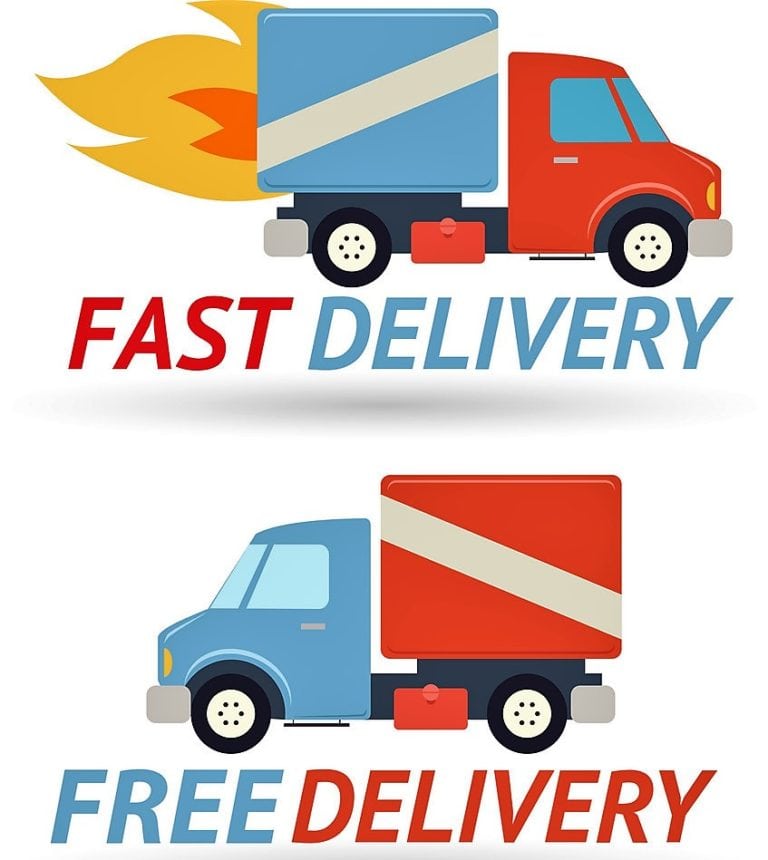
Wisely Select Your Carrier to Reduce Parcel Delivery Costs
Shipping
One of the biggest developments in parcel shipping over the past decade is the increased use of consolidators. Consolidators compete against standard UPS and FedEx ground services by using a special rate from USPS called Parcel Select. The consolidators sort and drive the parcels to USPS Bulk Mail Centers (BMCs), Sectional Centers (SCFs) and local post offices. Delivery times normally increase by a few days over UPS ground, but Parcel Select rates are very low, so even with the consolidator’s fees added on, the costs can be 30 percent less than standard UPS, USPS Priority Mail and FedEx rates.
UPS has a product called Mail Innovations, FedEx has SmartPost and a number of independent companies also provide these services—Newgistics and Blue Package Delivery, for instance.
One of the best ways to manage the expectations of delivery for the consumer and achieve the best parcel rates is to decouple using a single carrier service for shipping and look toward leveraging different carriers and shipping options to achieve the same service level performance and reduce costs. From a communication perspective, you may offer the consumer the same options as normal—for instance, standard (five-10 days), rush (two-four days) and expedited (next day)—but instead of telling them the items will ship UPS, USPS or FedEx, you pick the most cost-effective way to ship based on the time it takes to leave your shipping facility and reach the consumer.
For instance, if you offer a rush, one- to two-business day shipping option on parcels, instead of automatically shipping this parcel overnight (let’s say a 10-pound overnight package in the local area would cost you $38), you can use ground service to achieve that option in the local zones at about $18. So the overnight parcel is shipped using ground service and achieves the same result—the customer received the item on time the next day. Multiply the $20 savings per shipment over 1,000 packages and the results are enormous.
Decoupling also extends advantages on ground shipping. Say, for instance, the parcel is lightweight. If the consumer asks for a two- to four-day service and the shipment is across the U.S., it’s cheaper to send the parcel Priority Mail than to use FedEx or UPS. You can reach the consumer on average in two to three business days instead of five and save money.
Of course, customers want their products immediately, so it’s important that the messages communicated to consumers are in line with the actual delivery times. If you use a slower delivery method to save money, it’s important that consumer expectations are in line, or you will lose your savings by paying for more inquiries on delivery times in the call center.
Weight and size of the package determine what carriers work best from a cost and delivery time standpoint, and the shipping rates should be calculated and modeled before determining shipping and handling costs to the consumer. Lastly, the price of the product and the ability to ensure and confirm delivery will have relevance in the method of shipment. Here are the most commonly used services:
USPS
For lightweight packages weighing less than 3 pounds, using USPS Priority Mail and USPS First Class provides a two- to three-day turnaround throughout the U.S. at the most reasonable cost. USPS offers delivery confirmations and delivers on Saturdays. One great advantage with Priority Mail is that USPS can supply a free shipping box and has more than 18 box styles from which to choose. If you’re doing significant volume, USPS can give you free custom boxes with your logo imprint.
If the product is books, CDs or DVDs, USPS offers Media Mail. If your product weighs less than a pound, you can ship Standard Mail, although your distribution center will have to sort the packages into mail sacks to the BMCs to achieve the greater postal discounts. Costs can be as low as 95 cents per piece. Delivery time for Standard and Media Mail normally range four to 11 days.
Independent Carriers
As discussed, UPS, FedEx and a few other independent companies offer zone-skipping services that use USPS to deliver the package for the final mile to the consumer. DHL brands its service “DHL at Home,” competing with SmartPost and UPS ground. Expect delivery times from three to 10 days, depending on location and service.
UPS’ and FedEx’s ground services split the U.S. into zones and charge different rates depending on the zone distance from the shipping point. Prices jump dramatically as the distance or zone increases, and service standards depend on the distance between the zones—normally one to six days for ground service. They offer delivery confirmation and automatically insure the shipment.
These carriers offer second-day and next-day services at a significant premium but also provide base insurance for packages.
A good distribution center blends its carriers to take advantage of competitive rates and services in different areas of the country and can use three or more different shipment methods to create the best rate and performance for the consumer and the bottom line.
Tom Krueger is the President of National Fulfillment Services, a full-service fulfillment company managing B-to-B and B-to-C consumer call-center, order processing, warehouse and distribution programs. He can be reached at tkrueger@nfsrv.com or (610) 532-4700 x230.


